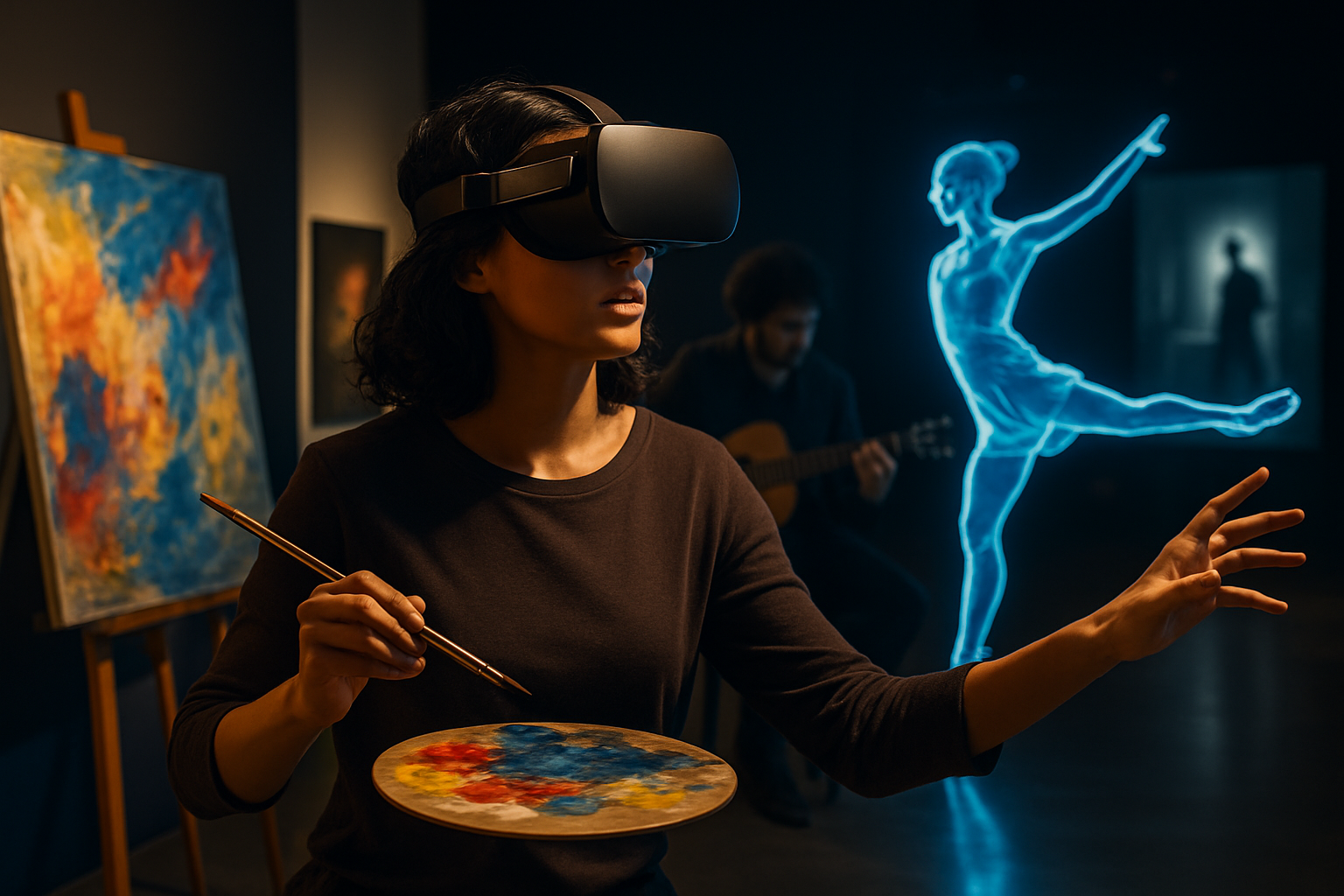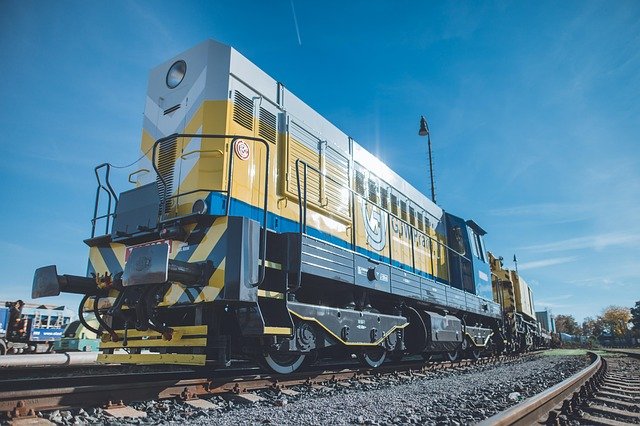Journey Through the Canvas: The Transformation of Digital Art
The world of art and entertainment is ever-evolving. Like a chameleon, it changes its colors to adapt to the new environment, reflecting the zeitgeist. One such revolution quietly taking place is the transformation of digital art. This article delves into the historical background, current trends, and the impact of this digital art metamorphosis.

Brushes to Pixels: The Genesis of Digital Art
Digital art, despite its modern connotation, has a history that dates back to the mid-20th century. The first traces of digital art can be found in the experiments of artists like Ben Laposky and Desmond Paul Henry, who manipulated electronic machines to create abstract, geometrical designs. However, it was only in the 1980s, with advancements in computer technology and software, that digital art began to gain recognition as a legitimate form of artistic expression.
The Digital Canvas: Transformation and Evolution
The transformation of digital art has been primarily driven by the evolution of technology. The advent of software like Adobe Photoshop and Illustrator in the 1990s offered artists an extensive range of tools to create and manipulate images. Advancements in virtual and augmented reality technologies in the 21st century have further expanded the realm of digital art, allowing artists to create immersive and interactive experiences.
The Art of Today: Digital Art in the Current Scenario
In recent years, the digital art world has witnessed a surge in popularity and acceptance. The advent of non-fungible tokens (NFTs) has significantly contributed to this trend. These digital assets, which represent ownership of a unique item or piece of content, have opened up new avenues for artists to monetize their work. In March 2021, digital artist Beeple made headlines when his artwork, “Everydays: The First 5000 Days,” sold for a staggering $69.3 million at a Christie’s auction.
Reverberations: The Impact and Significance of Digital Art
The transformation of digital art has had a profound impact on the art world. It has democratized art, breaking down traditional barriers and making it accessible to a wider audience. Furthermore, it has blurred the lines between different art disciplines, fostering cross-pollination of ideas and techniques. The environmental impact of digital art is also noteworthy. Unlike traditional art forms, digital art does not require physical materials and resources, making it a more sustainable choice.
Reception: A New Era of Artistic Expression
The reception of digital art has been mixed. While many celebrate it as a revolutionary form of artistic expression, others criticize it for its lack of tangibility and reproducibility. However, as digital natives become the dominant demographic, the acceptance and appreciation of digital art are expected to grow.
In conclusion, the transformation of digital art is emblematic of the dynamism and adaptability of the art world. As we progress into an increasingly digital future, digital art will continue to evolve, offering novel ways of expression and interaction. It truly is a journey through the canvas that we all are a part of.




